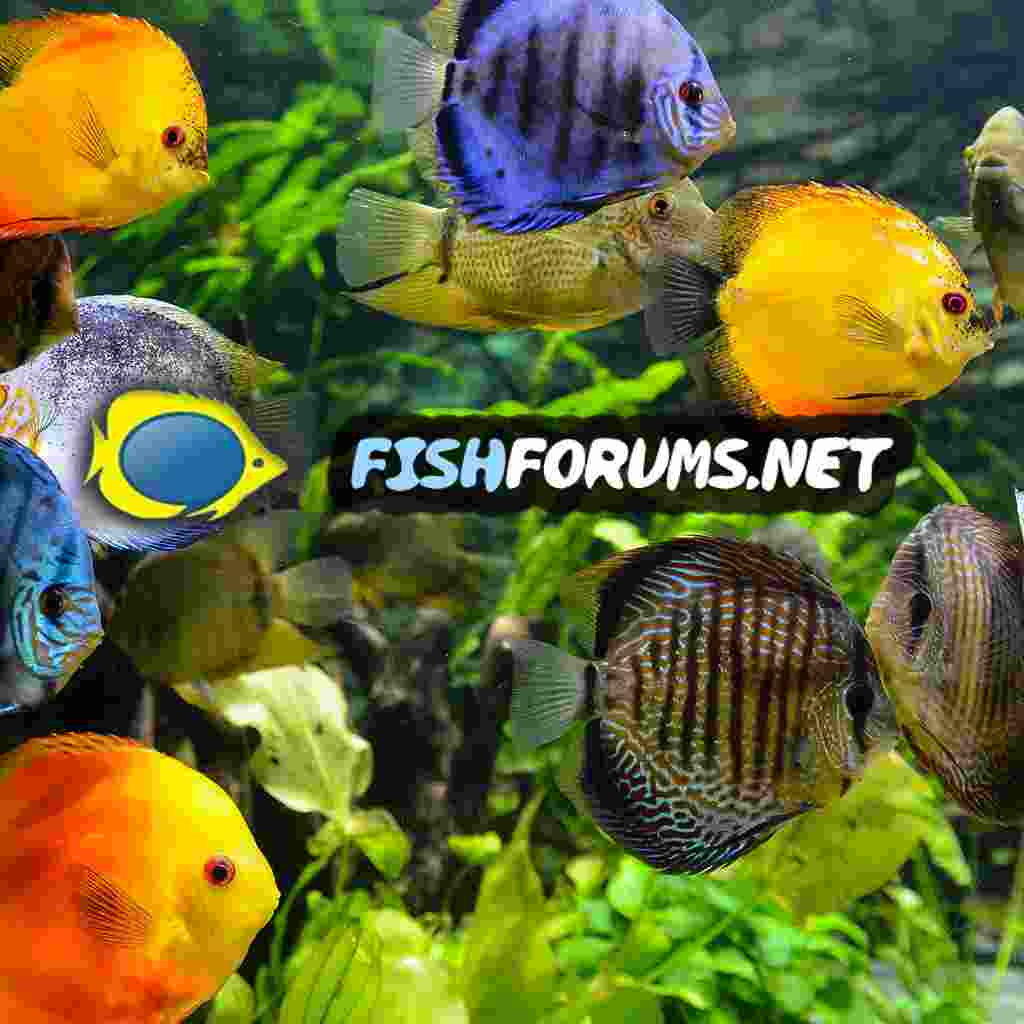Vallisneria is a fast-growing plant. It needs good light and adequate nutrients, and tends to fare better in harder water because unlike some other plants Vallisneria can use bicarbonates as carbon. Mosses for example cannot, so they rely solely on CO2 (not suggesting any deficit here, just noting that all plants are not the same when it comes to light and nutrients).
"Vallisneria gigantea" is described as originating from Papua New Guinea and the Philippines, but the true species [V. americana, see further] occurs throughout eastern and southeastern Asia, Oceania (Japan) and North and Central America. This species will grow in medium soft to hard, slightly acidic to basic/alkaline water, though the plant will do best in in medium hard to hard water with a good flow. It usually does not do well in soft, acidic water. There is considerable confusion over the nomenclature of this genus, and several different "species" and varieties may be encountered in the literature; one may therefore find the same plant under various names. The subject species V. americana is a case in point.
This species is the largest; some sources give 3-4 feet for the leaf length, but others including Kasselmann (2003) give 2.3 meters (7 feet). There is a wide-leaf (blade 10-25mm wide with 5-9 veins) and a narrow-leaf (up to 10 mm with 3-5 veins) form. The subject species was described under the name Vallisneria gigantea in 1912/1913 by Karl Otto Robert Peter Paul Graebner, a German botanist. According to detailed work, this plant was believed to be Vallisneria americana, var. americana that was (earlier) named by Andre Michaux in 1803. Notwithstanding the meaning of the species epithet, "from America," this species is found in eastern and southeast Asia, North and Central America, and Oceania (including Japan). The name V. gigantea was therefore a synonym, and this species is nevertheless widely seen in the literature under this name.
The tightly-twisted "corkscrew" form remains much smaller than other varieties, the 5 to 10 mm wide leaves attaining up to 30-50 cm (12-20 inches). I had good growth from this plant, notwithstanding my soft water.



